Sourdough Bread Recipe
Your folders
Your folders
Prep Time: 240 minutes
Cook Time: 60 minutes
Total: 1740 minutes
Servings: 28

Ingredients
Export 2 ingredients for grocery delivery
Instructions
Step 1
Feed Your Starter: The day that you'd like to make your dough, feed your starter. If it was in the refrigerator I take mine out the night before and feed it. Then in the morning before I plan to make my dough or at least a few hours before I discard and feed it again. Your starter will be ready to use when it is at its doubled in size before it starts to shrink back down in size.
Step 2
Make The Dough: To make your bread dough, add your active sourdough starter to a large mixing bowl with water and salt and mix with a spoon to combine well. Add the bread flour and mix together until a wet and sticky dough forms and the ingredients are full combined. Cover the bowl with a damp kitchen towel, and let rest 30 minutes at room temperature.
Step 3
Stretches and Folds: After the dough has rested 30 minutes, use a wet hand to gently pull the corner of the dough near the side of the bowl and push it down into the middle of the bowl. Repeat this series, rotating round the bowl, until the dough starts to look like bread dough and comes together in more of a ball. This should take about a minute of going round the bowl 4 to 5 times pulling and tucking into the center. Let the dough rest, covered for 30 minutes. You will do this 3 more times every 30 minutes, covering after each time for a total of 2 hours, if time permits. If you don’t have the time, you can do this twice, it will still turn out just fine.
Step 4
Rest (Bulk Fermentation): After the series of stretches, cover the dough with a damp kitchen towel and a lid or plate so it doesn’t dry out and let it rise for 6 to 7 hours at room temperature, or up to 8 to 9 hours in colder temps. This is known as the bulk rise. The dough is ready when it has increased by 50% to 70% volume, jiggles when you shake the bowl and has some scattered bubbles visible on the sides and top.
Step 5
Pre-shape: Tip the bowl upside down, allowing the dough to fall on a clean lightly floured surface. Gently shape it into a round by folding the top down to the center, rotate the dough; repeat until you’ve come full circle, if you have a bench scraper, tuck the edges of the dough into the center and work around the edges to create tension.
Step 6
Bench Rest: Flip the ball dough over. Let it rest for 30 minutes. Using your hands, gently pull the dough ball towards you, letting its grip on the counter pull it into a tighter ball. Rotate the dough slightly and repeat around the edges until you've formed a tight ball.
Step 7
Shaping: Meanwhile, prepare a bread proofing basket by dusting it very well with flour, or you can use a medium mixing bowl (about 8 inches across) and line it with a clean towel and dust it very well with flour. Alternatively, if you don’t want to use a kitchen towel you can prepare the mixing bowl by generously spraying it with cooking spray and then flour very well. Going around in a circle, fold the top down to the center, rotate the dough; repeat until you’ve come full circle. Place your dough ball, smooth top down, into your prepare basket or bowl, and cover with a shower cap, plastic wrap or towel.
Step 8
Cold Fermentation (second rise): Refrigerate overnight or as long as 18 to 24 hours. If you want to bake the same day, let the dough rest for 1 to 2 hours, at room temperature, or until it's spread out a bit and looks puffy. (Note: I prefer the cold proof method and refrigerate this overnight for a lighter and airier crumb.)
Step 9
Baking: Preheat the oven to 450° F. Cut a piece of parchment paper to fit the size of your Dutch oven.
Step 10
Gently turn your bread dough out onto a piece of parchment paper (I like to put my parchment paper on top of a plate, put the paper and plate on top of my bread basket, and turn it over gently).
Step 11
Using the tip of a razor blade, exacto knife, a lame, or even a sharp serrated knife, score the top of the dough however you wish – I usually go with a simple “X”. But feel free to get fancy. Use the corners of the parchment paper to carefully transfer the dough into your dutch oven. Place the lid on the dutch oven.
Step 12
Place the dutch oven in the center of the hot oven and bake 450°F for 30 minutes. Remove the lid, lower the oven temp to 400°F and put the dutch oven back in the oven, uncovered, for another 20 to 30 minutes. The bread should be browned all over and sound hollow when tapped when it is done or reaches an internal temp of 205–210°F.
Step 13
Remove the pan from the oven, and then transfer the bread to a wire rack and let it cool at least 1 hour before slicing and serving.
Top similar recipes
Curated for youYour folders
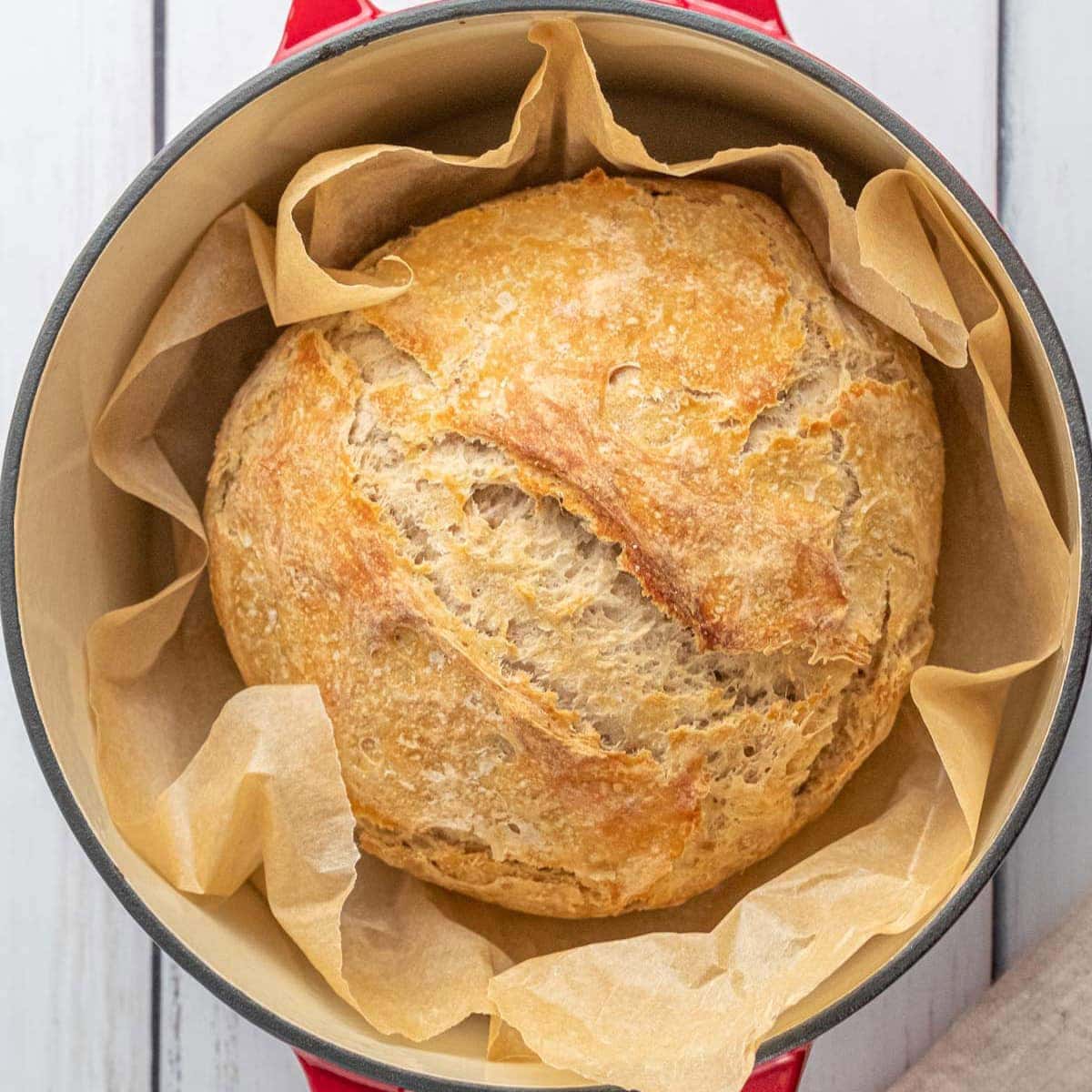
 236 views
236 viewsSourdough Bread Recipe
yellowblissroad.com
4.5
(47)
30 minutes
Your folders
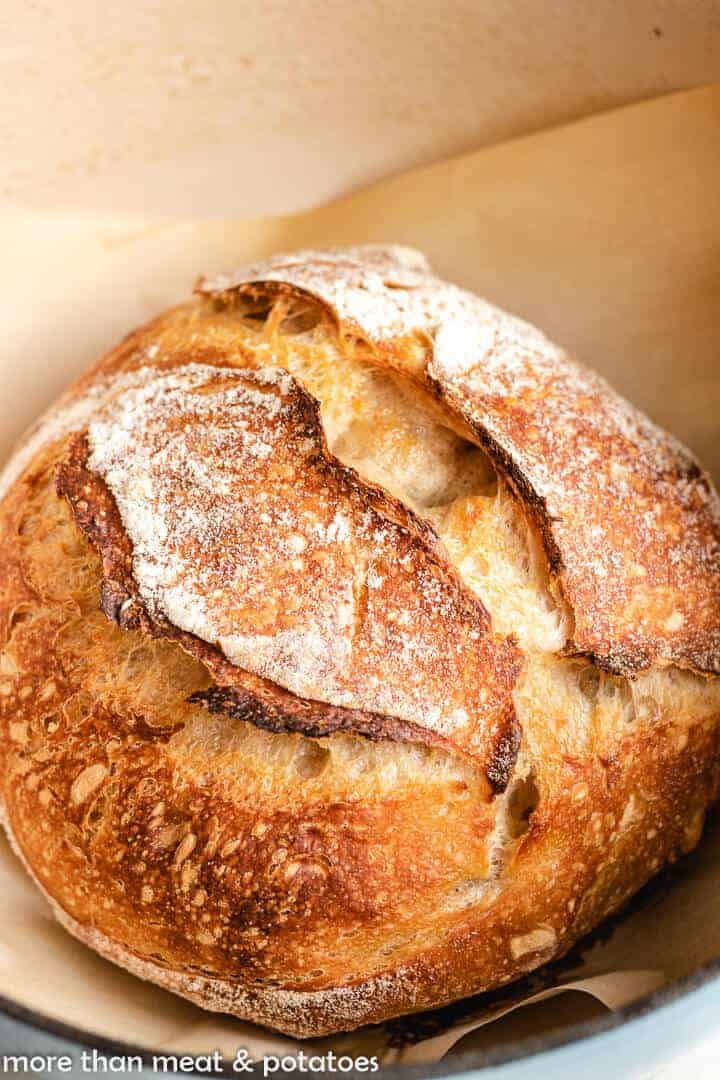
 258 views
258 viewsSourdough Bread Recipe
morethanmeatandpotatoes.com
4.8
(6)
45 minutes
Your folders

 161 views
161 viewsSourdough Bread Recipe
natashaskitchen.com
5.0
(79)
40 minutes
Your folders
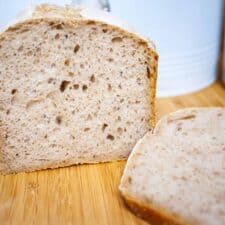
 661 views
661 viewsBread machine sourdough bread recip...
mygreekdish.com
4.8
(709)
1 hours, 15 minutes
Your folders
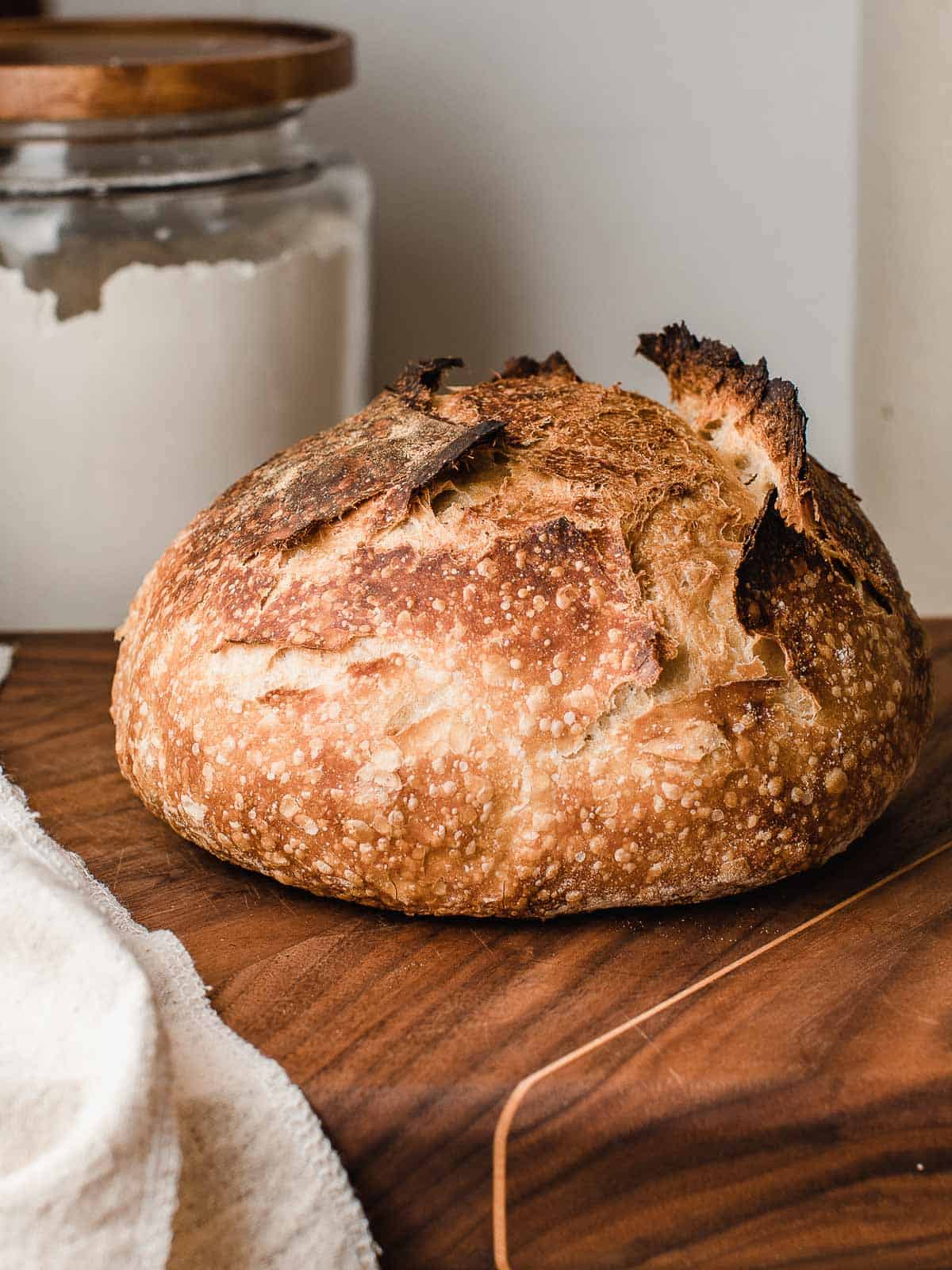
 1281 views
1281 viewsBeginner's Sourdough Bread Recipe
littlespoonfarm.com
5.0
(93)
Your folders

 1491 views
1491 viewsBeginner's Sourdough Bread Recipe
theperfectloaf.com
1 hours
Your folders
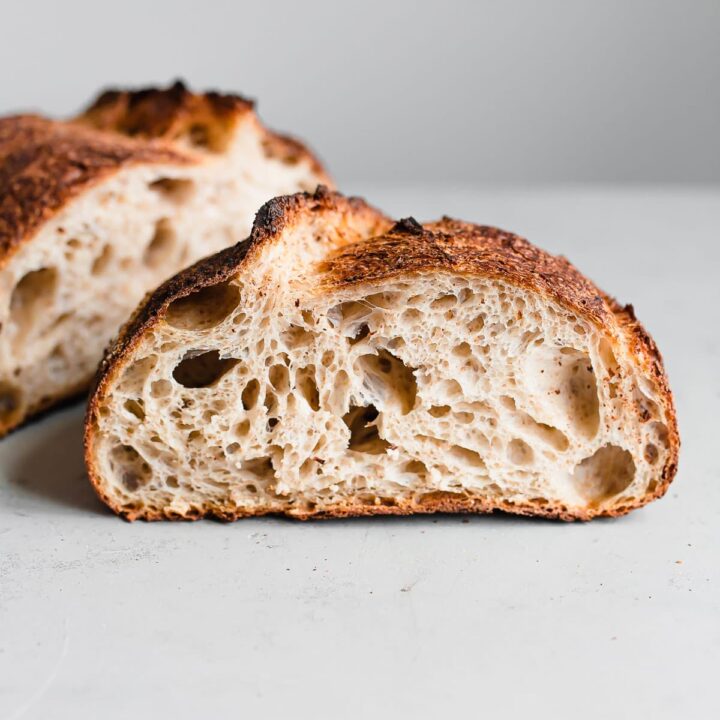
 820 views
820 viewsArtisan Sourdough Bread Recipe
abeautifulplate.com
4.8
(119)
50 minutes
Your folders

 286 views
286 viewsSourdough Bread Bowl Recipe
emilylaurae.com
5.0
(4)
25 minutes
Your folders
 76 views
76 viewsRecipe: Sourdough Banana Bread
culturesforhealth.com
3.0
(175)
1 hours, 10 minutes
Your folders
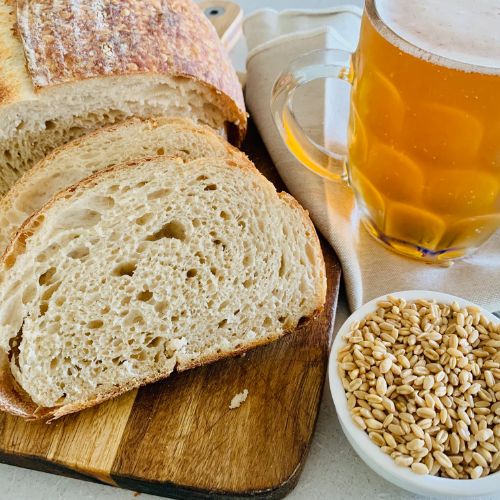
 325 views
325 viewsSourdough Beer Bread Recipe
pantrymama.com
45 minutes
Your folders

 194 views
194 viewsRustic Sourdough Bread Recipe
cravethegood.com
4.8
(6)
45 minutes
Your folders
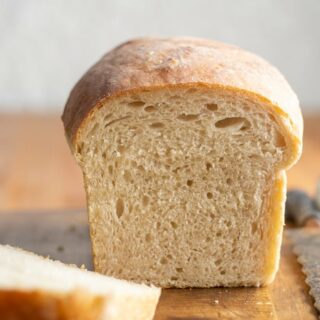
 253 views
253 viewsSourdough Sandwich Bread Recipe
bakerbettie.com
4.6
(44)
Your folders

 745 views
745 viewsEasy Sourdough Bread Recipe
blessthismessplease.com
5.0
(47)
1 hours
Your folders
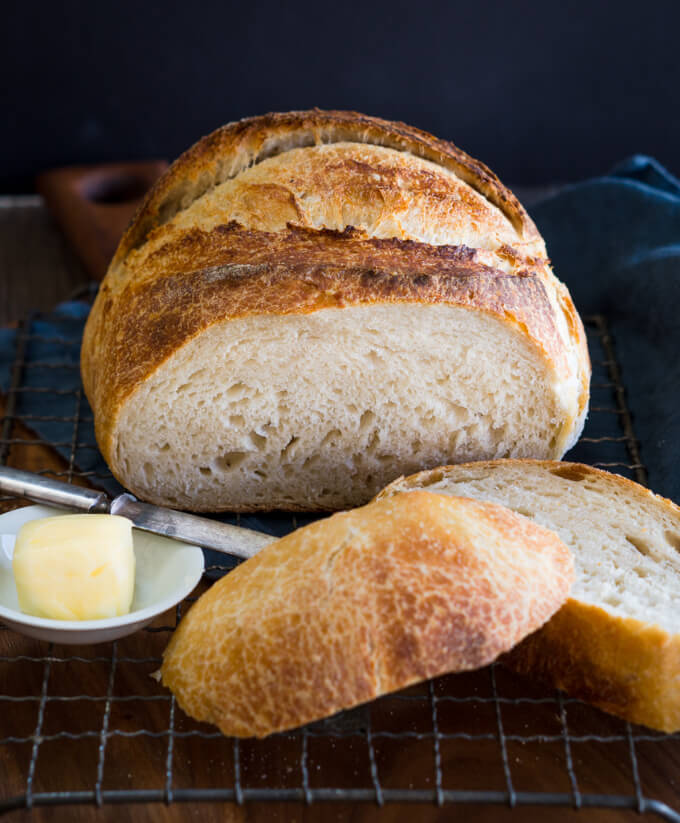
 544 views
544 viewsOvernight Sourdough Bread Recipe
hostessatheart.com
4.9
(112)
40 minutes
Your folders

 426 views
426 viewsSimple Sourdough Bread Recipe
pantrymama.com
4.7
(3)
45 minutes
Your folders

 408 views
408 viewsSourdough Sandwich Bread Recipe
pantrymama.com
4.5
(2)
40 minutes
Your folders
 307 views
307 viewsSourdough Sandwich Bread Recipe
pantrymama.com
Your folders
 66 views
66 viewsSimple Sourdough Bread Recipe
pantrymama.com
Your folders
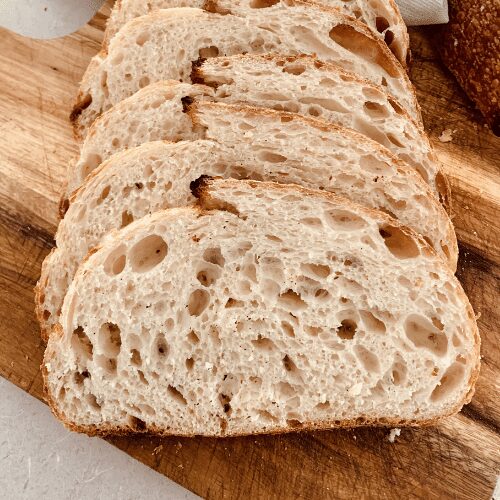
 420 views
420 viewsWhey Sourdough Bread Recipe
pantrymama.com
5.0
(2)
45 minutes